The Tale of Gela...
The first thought that comes to one's mind when one first comes to the village of Gela is: It’s beautiful like in a fairy tale but what to do here?! At the foot of Mount Orpheus, about 1500 m above sea level, Gela captivates you with an endless panorama that you just want to fly over. Pine forests and breathtaking meadows, herds and the tinkling of chans, freshly plastered houses and small hotels scattered on the hills...
Gela is full of life!
We sought an answer to our question of what to do here on one of those bountiful September days when the sun, low and soft, paints colourful shadows on the rounded ridges of the Rhodope Mountains.
Friends recommended us to stay in Gela Hotel, from which tourism in the village began. From the many accommodation options, we chose a standard room.
The photos on the hotel's website are attractive but everything is even more beautiful in real.
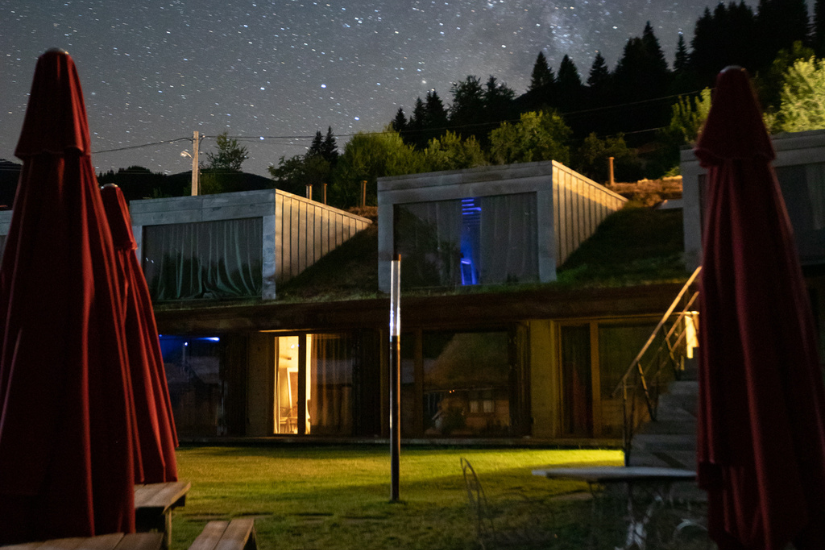
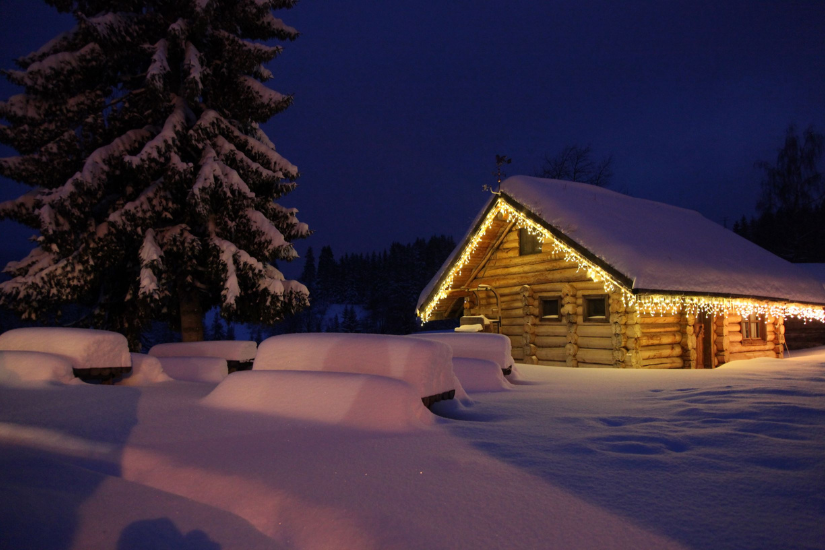
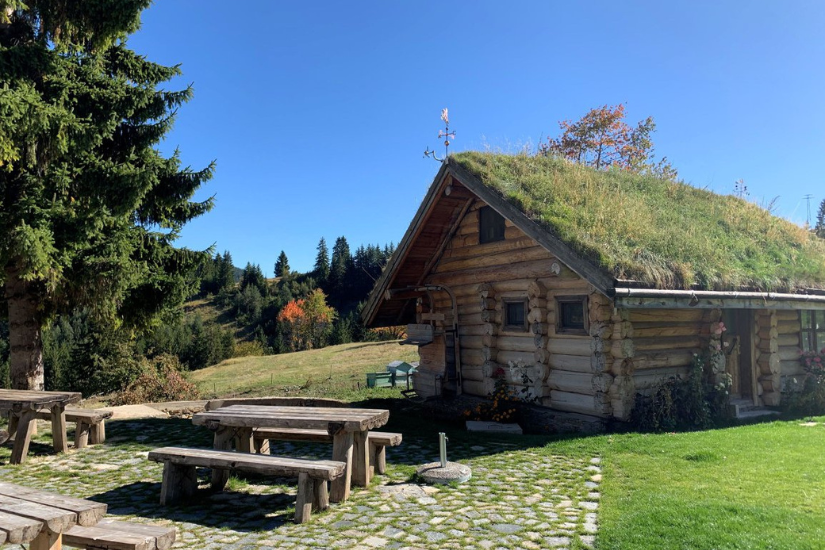
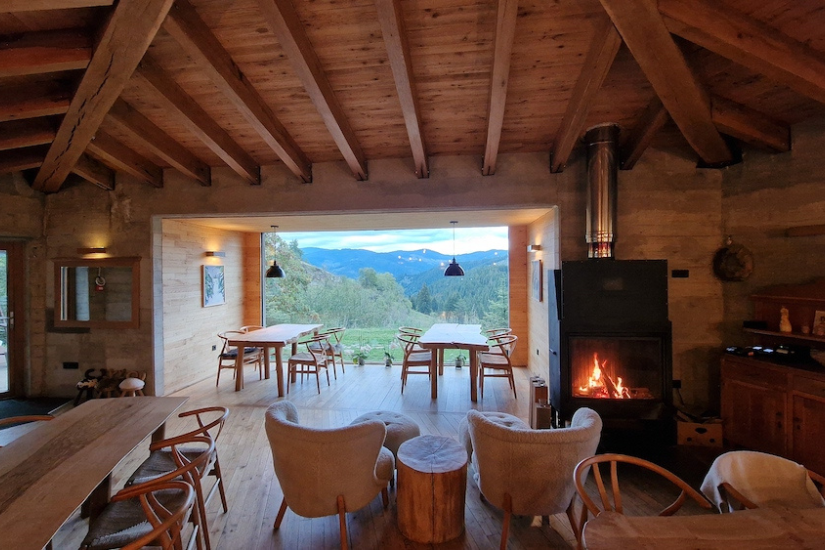
The hotel has an "old" part in classic style and a newly built wing designed by Norwegian architects. The remarkable elegance of Scandinavian minimalism has been translated in an amazing way. The visible concrete is in harmony with the comfort of the oak and the warmth of the ash. The hotel is really a little architectural gem.
We were intrigued by the name of the restaurant –Zuna. In the Thracian language it means... a celestial rainbow. The owner Petyo Nikolov welcomed us with tea from 15 Rhodope herbs. The panoramic view from the restaurant takes our breath away. As we are here to find out what we can do as tourists in Gela, this is the first question to ask our host.
With a look that says "Where do I start?", he says that he and his team have created and uploaded to the Wikiloc app over 50 routes of varying lengths and degrees of difficulty. And yet where to start?
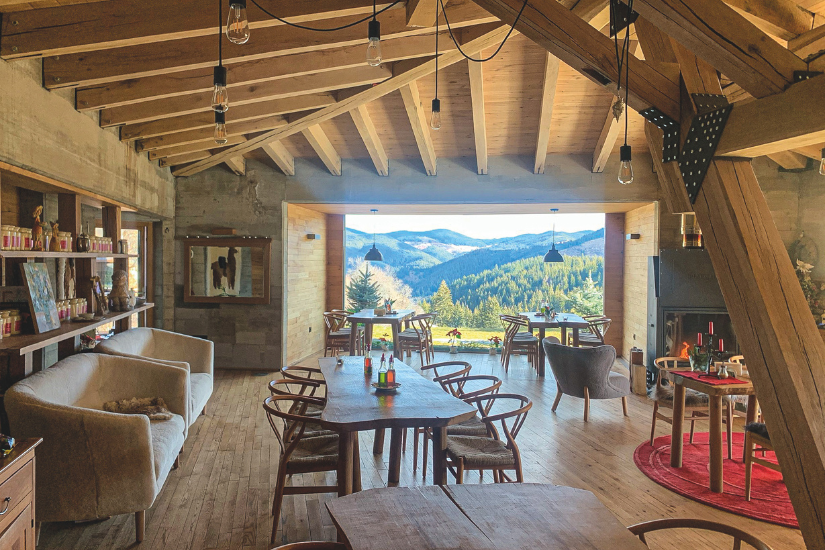

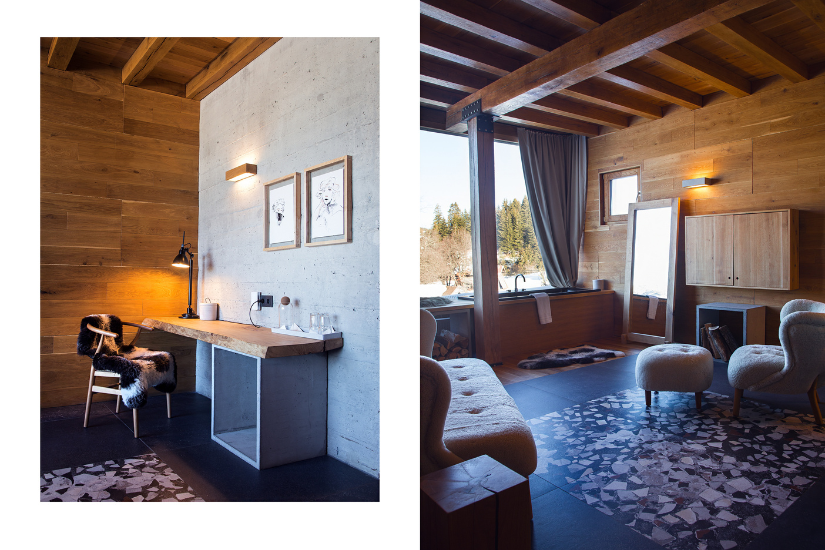

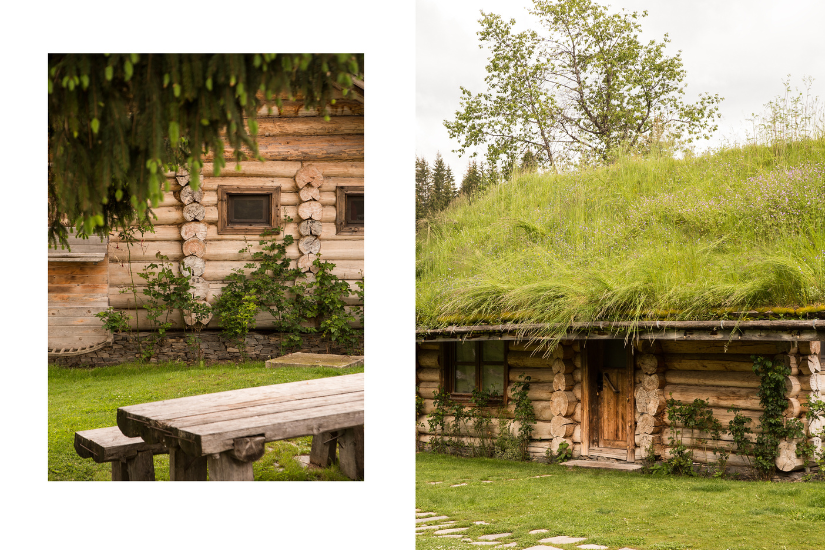
And yet where to start?
The first thing one sees on entering the village is the sign with the greeting "Welcome to Gela – the birthplace of Orpheus!". According to the Thracologists, the legend of Orpheus was inspired by the life of a Thracian king of the Bes – a magician, singer and healer who lived here.
In Gela is also the Orpheus Rock, where you can see (without picking) the Orpheus flower. It is the only plant, a natural endemic, that can resurrect after being herbarized. The name of the village comes also from ancient times, it has never been changed and means Smile.
The biggest landmark left from the time of the Thracians is the fortress Gradishte. We download the app on our phones and go for it.
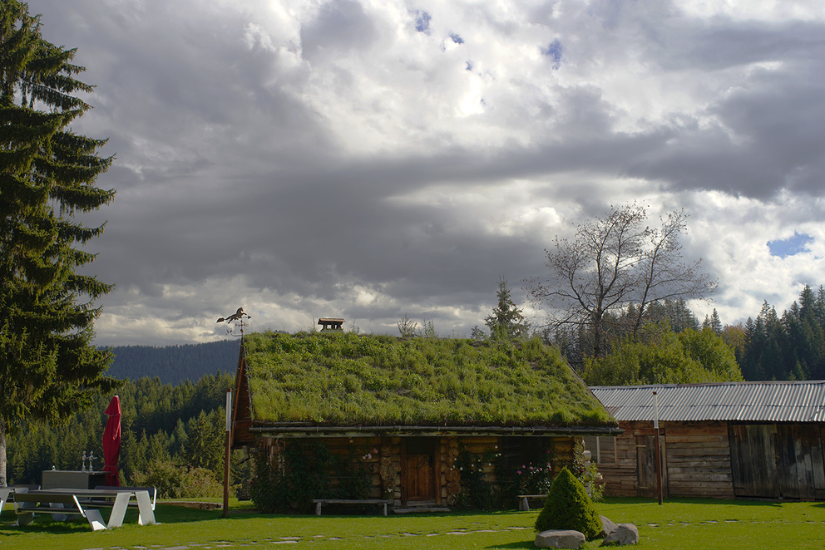
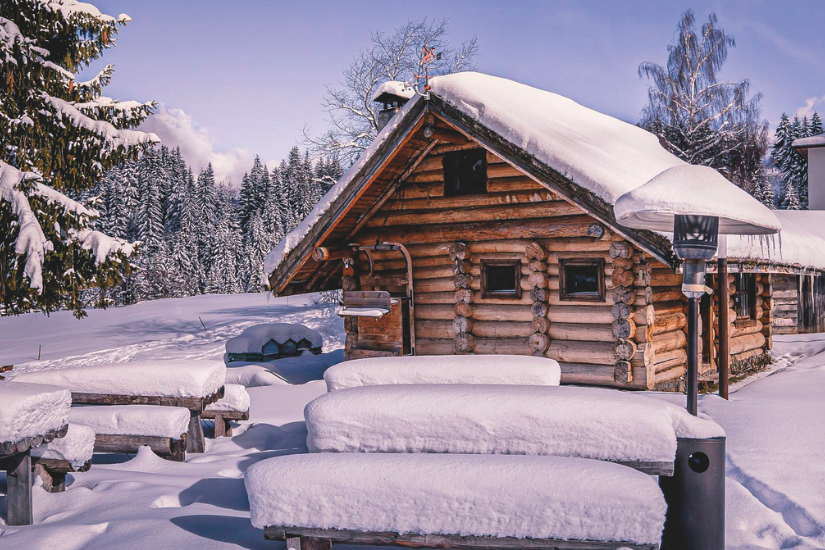
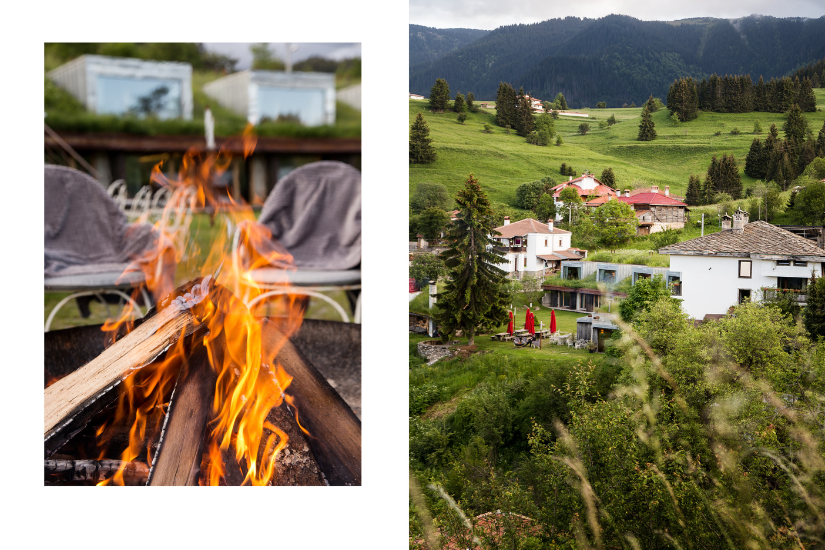
The hike is scheduled to take about an hour and a half each way, but there are so many berries, mushrooms, and views along the way that one should add another thirty minutes. The few steeper sections are worth it, because the road takes you back three millennia and climbs to nearly 2000 m above sea level.
The ellipse-shaped fortress with a length of about 140 m is situated on a rocky ridge, from which one of the most magnificent panoramic views in the Rhodope Mountains can be seen. In the inner fortification, there was a Thracian sanctuary. The fortress was built in the XI-IX centuries BC and lasted until the III century.
As we look at it, the day imperceptibly elapses. On the way back, we walk faster not only because we are descending but also because we can't wait to try the hotel's cuisine that was so highly recommended.
Sunday at dusk is the best time to fully enjoy the peace and tranquillity of the hotel.
Having sent the weekend guests away, our host welcomes us to the sofa with a glass of red wine in the soft light of the restaurant.
Whether because of the exceptional taste of merlot, the walk in time or the magic of the mountain, the small talks is like among old friends. The history of the place and Petyo Nikolov is more than interesting. It turns out that most people who come here want to tell their stories. They meet spontaneously, walk together on countless paths, share their lives and become friends.
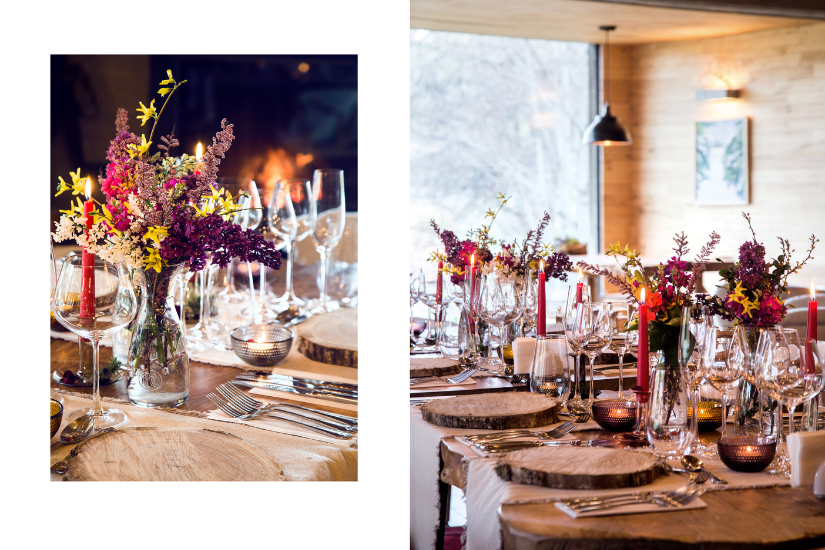
The history of the hotel itself?
Petyo and his wife wanted to have a house in the village and in 2002 they bought the building, which at that time was in a state where it could only be shown from the outside. There was no asphalt road to the village then. They did a major renovation and started welcoming friends as guests.
The kitchen is staffed by old women from nearby villages who do it so well that the hotel appears to be small on weekends. Interest in the enchantingly beautiful village grew and Petyo decided to expand the hotel. And in a way that no one has done before.
From his travels to Norway, he has fallen in love with the hallmarks of Scandinavian style - open spaces, high ceilings and lots and lots of light. He turned to the Norwegian government's Innovation Norway fund. In 2015, architects from the renowned Gartnerfuglen studio came here to design the new part of the hotel and the restaurant.
As you enter Gela along the main road, you will recognise the new premises by the grassed roofs. All rooms have a view to the courtyard with a unique wooden chalet of asina and with a breathtaking panoramic view of the Perelik Ridge... We get back into the conversation with Petyo, and from word of mouth, it's time for dinner.
Before it's completely dark, we go to pick tomatoes from the greenhouse – pink magic (both as a variety and as a feeling), huge, pearly, sweet.
We pass by a family of turkeys and chickens raised in a fairy-tale-like wooden house. We understand that in fact most of the meat and dairy products you can eat in the Gela hotel’s restaurant are from the small farm that Petyo has established above Smolyan.

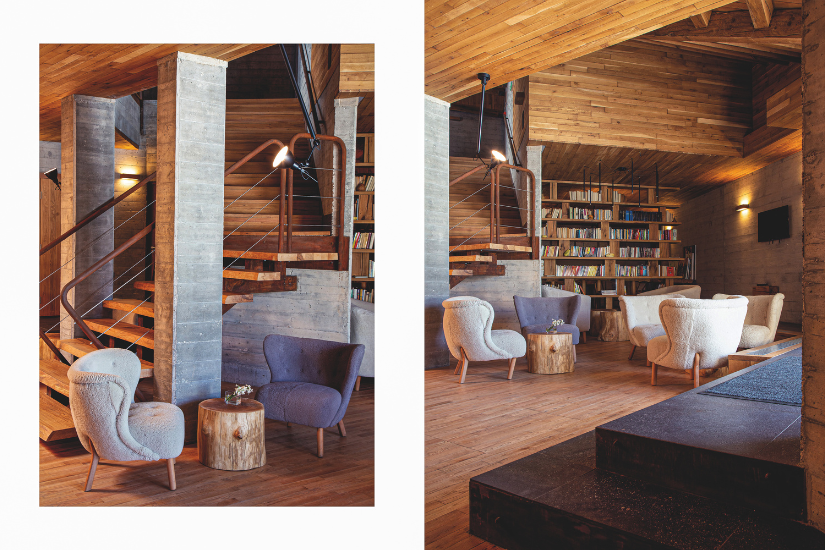
The menu is the best it can be – a selection of seasonal dishes, made to old recipes using all fresh produce from the garden and personal farm. In the summer, Petyo also offers fresh fish from the nearby rivers and the Aegean Sea – Gela is just two hours away from the fish market in Xanthi. This part of the Rhodopes is a true culinary paradise.
On the next hill – In the village of Varbovo, lives Maria Zhekova – the charming winner of Master Chef and host of the culinary TV show "The Taste of Bulgaria". She comes every Thursday to do what Petyo does – tell a story through food. And further, some of the best professional chefs in Bulgaria are often guests here. We're tempted to get involved in personal storytelling in the kitchen too.
The first thing that strikes you about it is the impeccable cleanliness and the stunningly long rows of spices from near and far. The basket of wild mushrooms we picked turns into a masterpiece in Petyo's skilled hands. Fresh trout caught in the river is the main course, the salads are tomato with brunza cheese, roasted peppers with garlic and potato with lots of spices. Delicious to the point of insatiability.
We end the evening gazing at the original paintings in the interior. They turn out to be the work of Petyo Nikolov's younger daughter, who is studying fine art in London and is her dad's best helper in the summer.
After dinner, we go out to the courtyard for more and more of the crystal-clear air. Because of the Aegean foehn that runs through the village, the sky is always clear and the stars look so close you can touch them.
Filled with joy and beauty, we go back to our room and sink into the biggest and softest pillows. And looking forward to more exciting encounters and routes in this tale without end - Gela!



